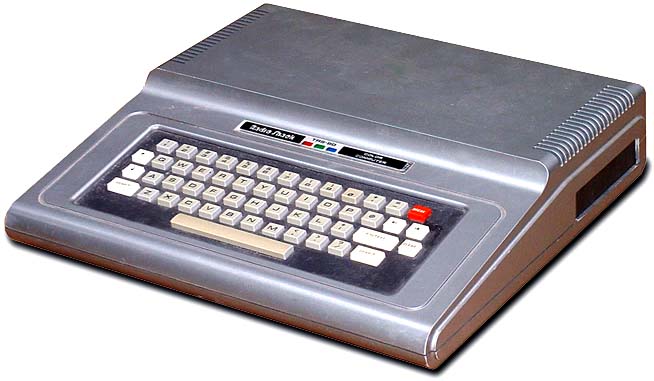

|
The gray/silver color scheme was fetching for the original TRS-80 Model I computer, but it just doesn't work on the Color Computer - it has to be one of the ugliest computers ever.
While the "CoCo" is Radio Shack's first color computer, it is not the first color computer ever. There were others, one of them is the Apple II from three years earlier.
The CoCo has one thing going for it - price, but not much else it seems. It's one of the slowest computers, in terms of CPU clock speed, and it can only display 4 colors. The mediocre keyboard leaves much to be desired.
An Extended Basic version was soon released. This new CoCo has excellent graphics capabilities accessible from BASIC, higher resolution display, and more memory. A floppy drive storage system can be added for fast and easy data storage.
Additional TRS-80 Color Computer models were released over the next few years, each an improvment over the previous.
The model 1 went through three revisions before the model 2 was released, which also went through several revisions before the next and final model 3. In 1983 there was even a "Micro CoCo", the MC-10.
The Dragon computer, sold in England, was advertised as being 98% compatible with the TRS-80 Color Computer.
In 1984, the Dragon 64 was available in the United States as the Tano Dragon.
|
|
Return to the Obsolete Technology Homepage